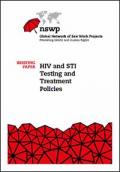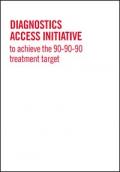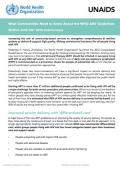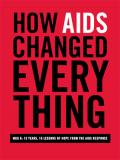Publications on People Living With HIV (PLHIV)

Resource | Fact Sheets,
- The first HIV case was detected in 1988.
- The key populations are as follows:
- People who inject drugs (PWID)
- Sex workers and their clients (Male and Female)
- Men who have Sex with Men (MSM) and transgender people
- Male Labor Migrants and their wives
- Prison Inmates
- Heterosexual transmission is dominant
- HIV prevalence among adult population in the country is below 1%
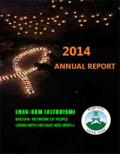
Resource | Publications,
Lhak-Sam (BNP+) is the first and only network of HIV positive people formed in 2010, to address the needs of PLHIV for mutual support, solidarity, and social networking in Bhutan. Lhak-sam provides leadership, education and capacity building with a dream to create an environment free from stigma and discrimination and a society wherein all PLHIV and affected family members have opportunities for meaningful livelihood.

Resource | Publications,
This joint briefing paper by NSWP and INPUD highlights the specific needs and rights of sex workers who use drugs, as a community that spans two key populations. This document provides an overview of some of the most endemic and substantive ways in which sex workers who use drugs face double criminalisation and associated police harassment, intersectional stigma, compounded marginalisation and social exclusion, heightened interference and harassment from healthcare and other service providers, infantilisation, pathologisation, and an associated undermining of agency, choice, and self-determination.
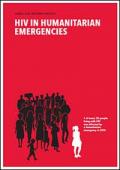
Resource | Publications,
1 million people living with HIV did not access treatment in humanitarian emergencies in 2013. When 1.6 million people living with HIV were affected by humanitarian emergencies in 2013, they suffered service disruptions and restrictive policies that threatened their lives. More than one million people were estimated to have been unable to access anti-retroviral therapy, due to humanitarian emergencies.
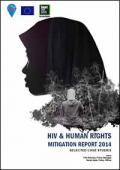
Resource | Publications,
Thirty years into the HIV epidemic, it is disheartening to note that stigma and discrimination remain a fact of everyday life for people living with HIV. The case studies highlighted in this report are testament to the many forms of attitudes, practices and systems across a wide range of sectors that continue to ‘punish’ HIV to this day.
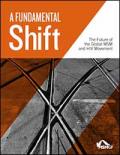
Resource | Tools,
This Foresight Scenario Planning document provides a global perspective on the possible futures of the MSM and HIV movements 25 years into the future. The scenarios presented in this Foresight Document can assist decision makers in assessing their assumptions, highlighting hidden mental maps, and drafting policies for the future.






